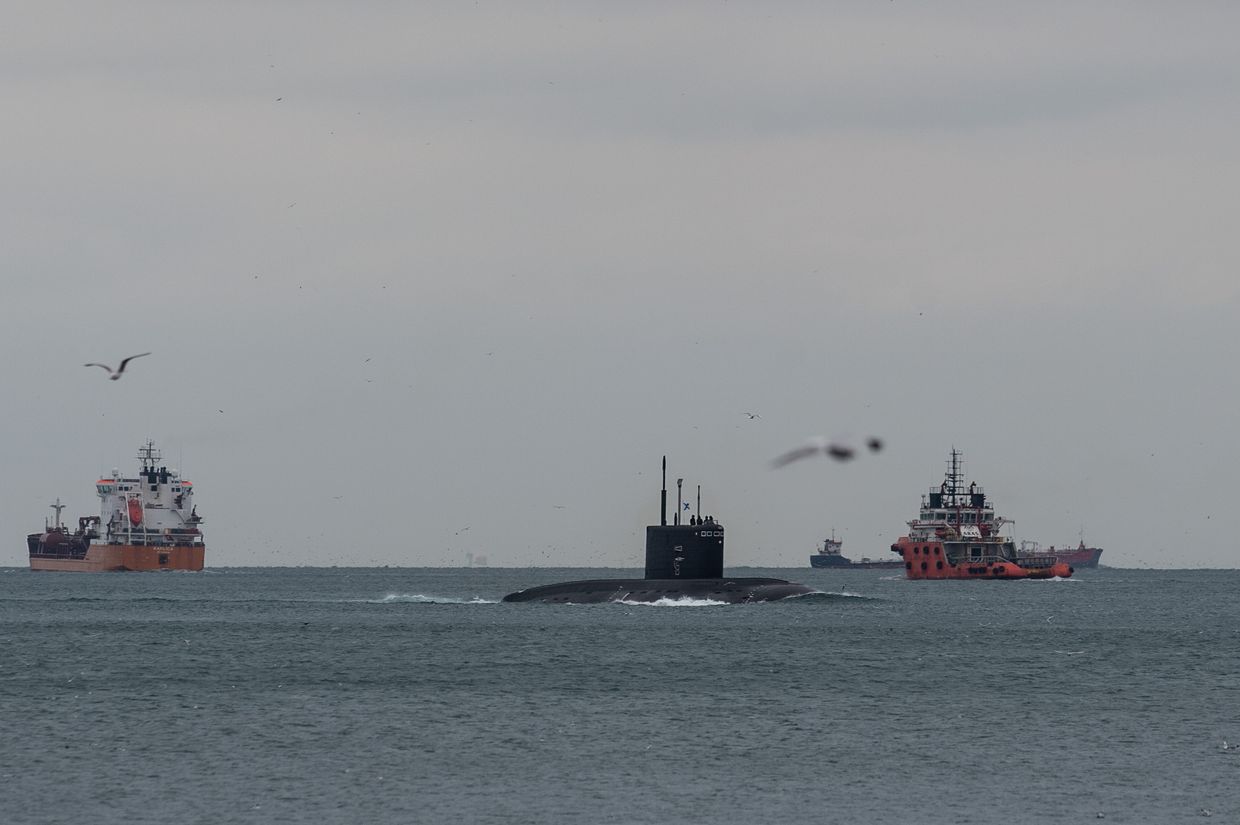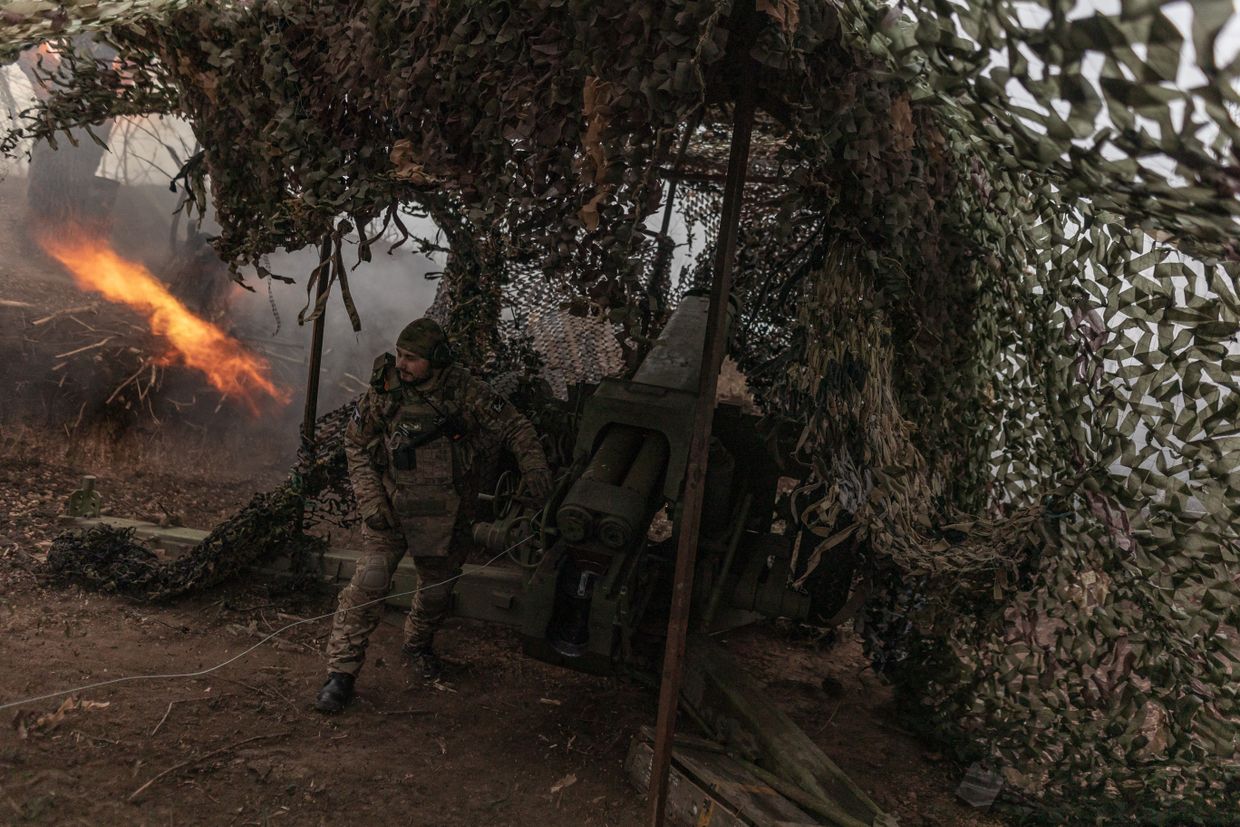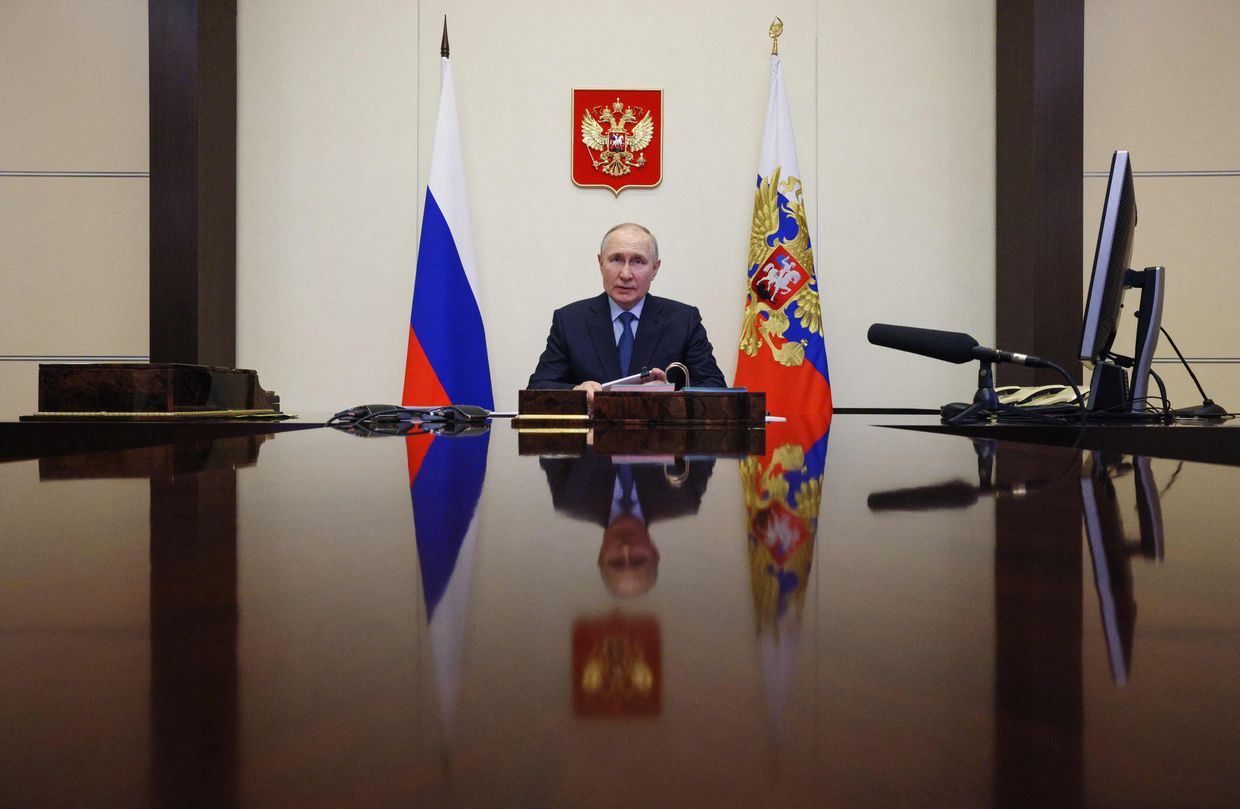Russia sent Kilo-class attack submarines close to the Irish Sea on two separate occasions since the beginning of the full-scale invasion, Bloomberg reported on July 1, citing unnamed sources.
Russian submarines have been repeatedly deployed near the maritime borders of its Western foes. A Russian nuclear-powered submarine arrived in Cuba in June on what the Russian Defense Ministry called a training exercise. At the same time, U.S. officials characterized the trip as an attempt for Russia to show that it could still project naval strength after a series of successful Ukrainian strikes on Moscow's Black Sea Fleet.
According to the sources, the first instance that a Russian kilo-class submarine approached the Irish Sea, which separates the island of Ireland from Great Britain, was a little less than two years ago. Another incident occurred more recently, but the sources did not specify exactly when.
The sources said that the U.S. was "aware" of the submarines' presence in the Irish Sea, but the U.K. Defense Ministry said it "doesn't comment on operations." The Irish Defense Department also declined to comment.
According to the unnamed sources, the deployment of the submarines "could be an attempt to identify potential weaknesses in British and Irish Sea defenses, or to try to intimidate the U.K. in response to its support for Ukraine."
Irish media reported in 2023 that a U.K. helicopter and battleship "chased off" a Russian submarine off of Ireland's Cork Harbor.
Ireland is not a member of NATO, and has one of the lowest rates of defense spending across the EU, at around 0.2% of its GDP. As a result, it has effectively outsourced much of its defense to the U.K. and does not have the capability to respond to naval threats, such as the presence of Russian submarines off its coast.














